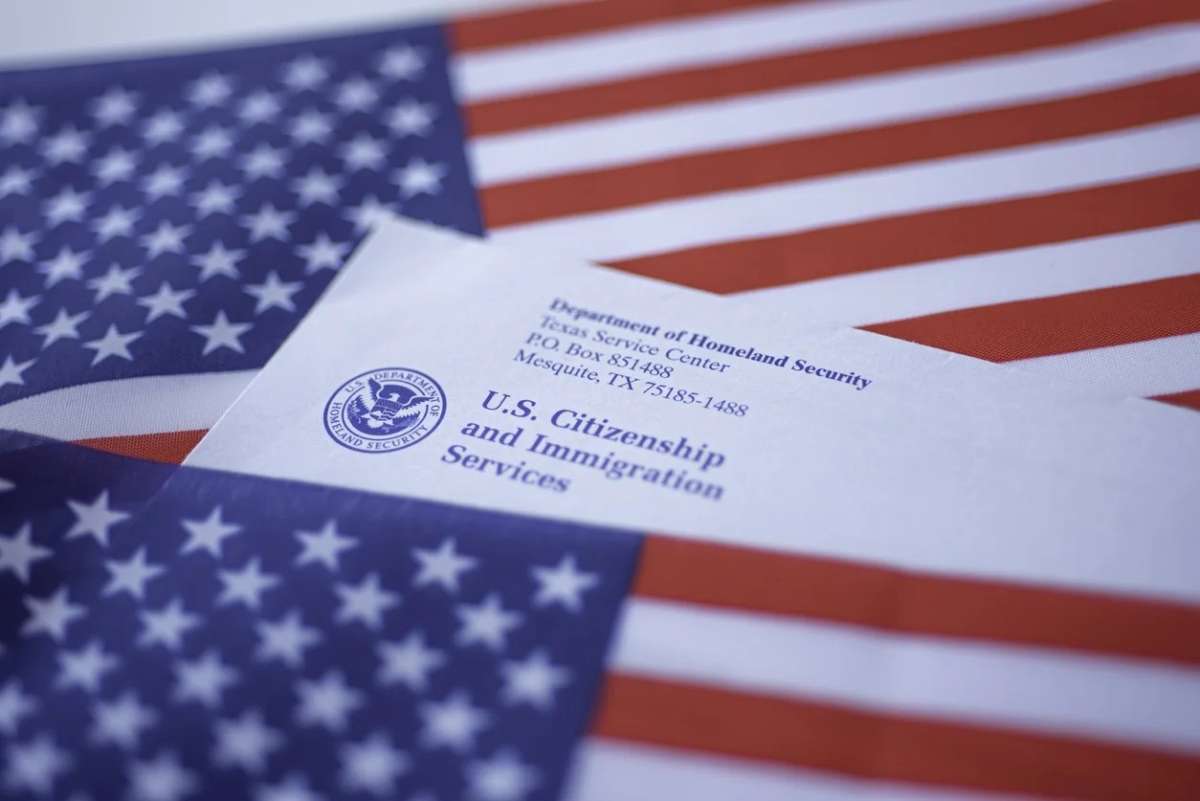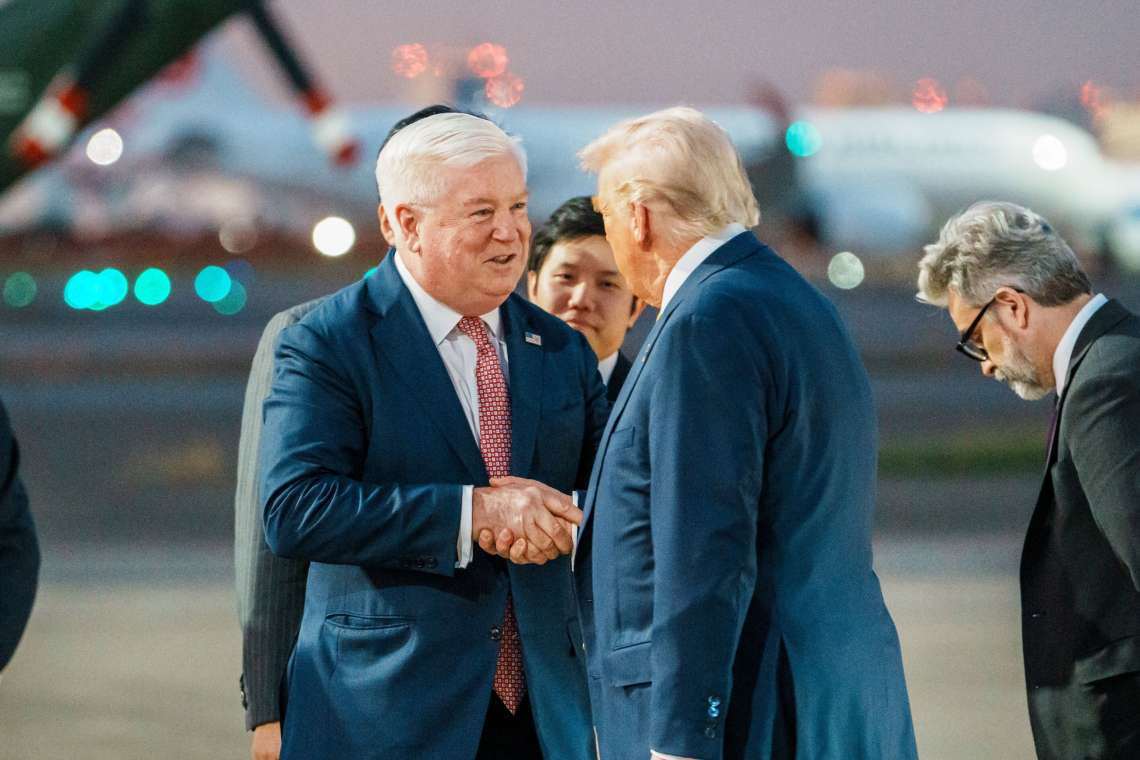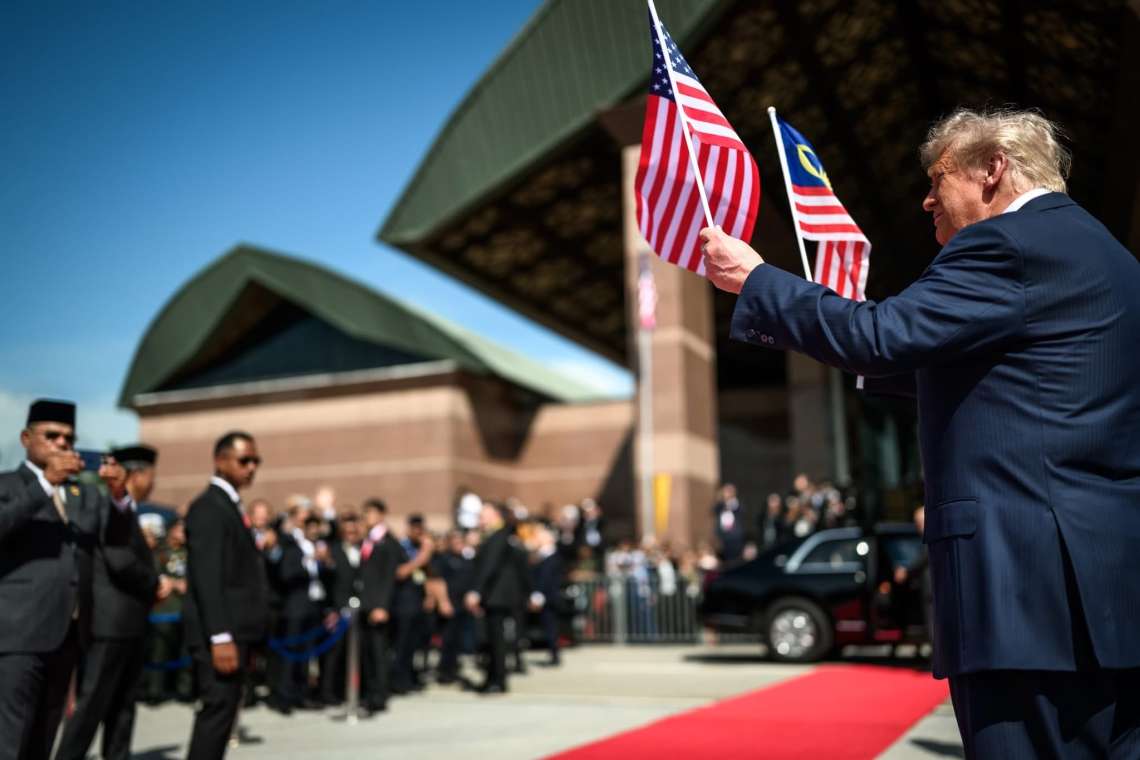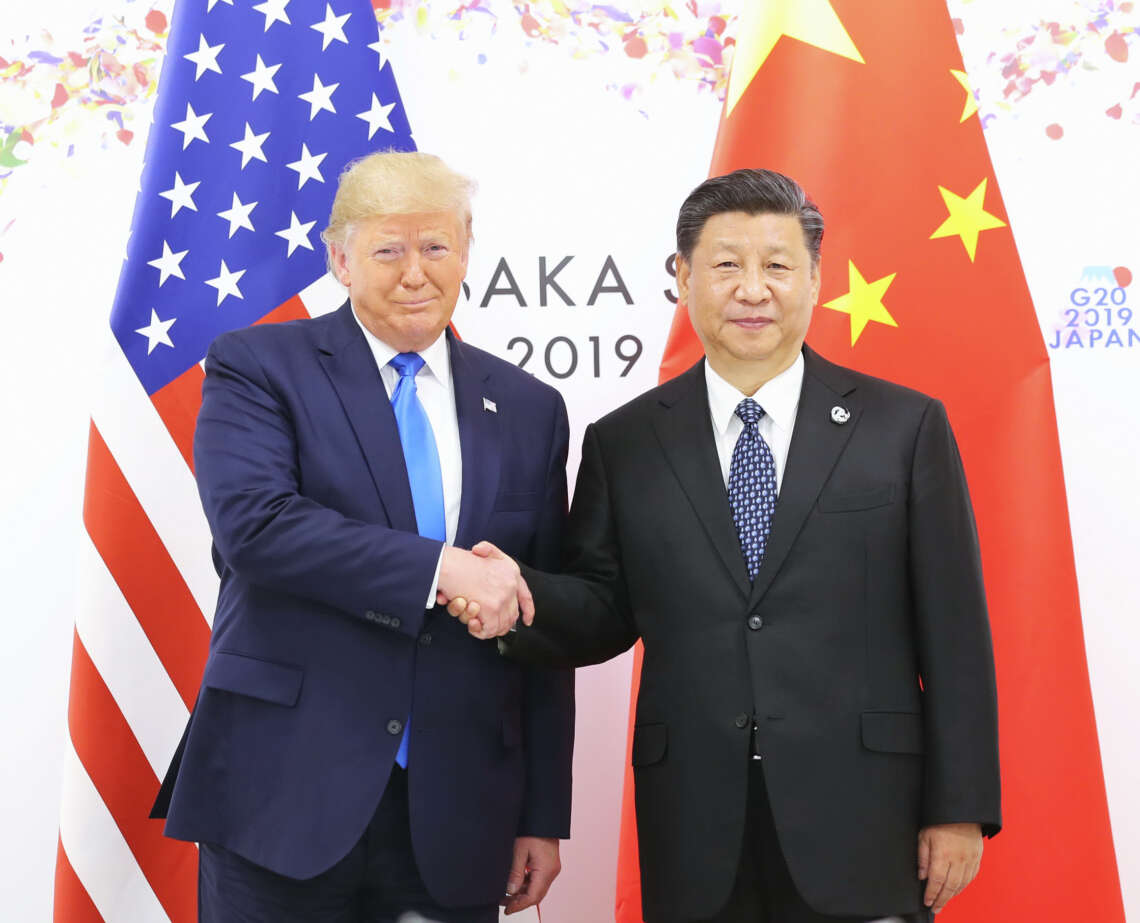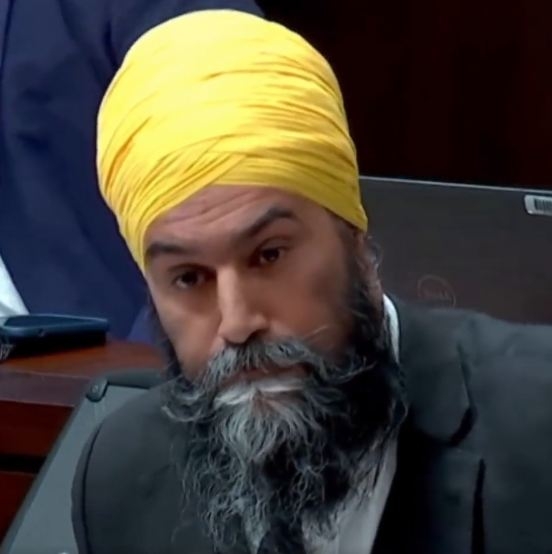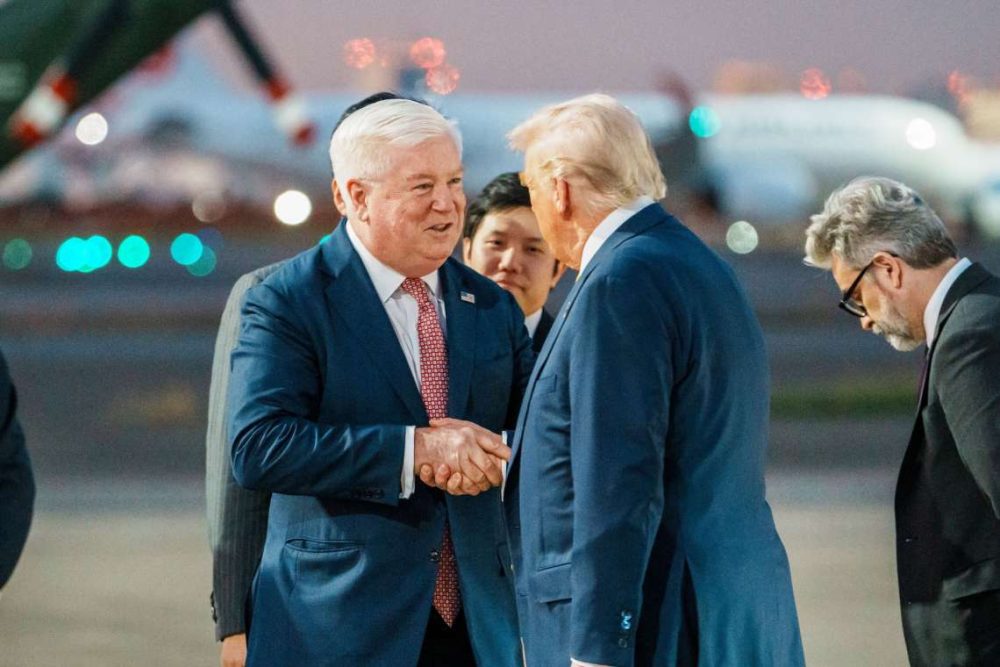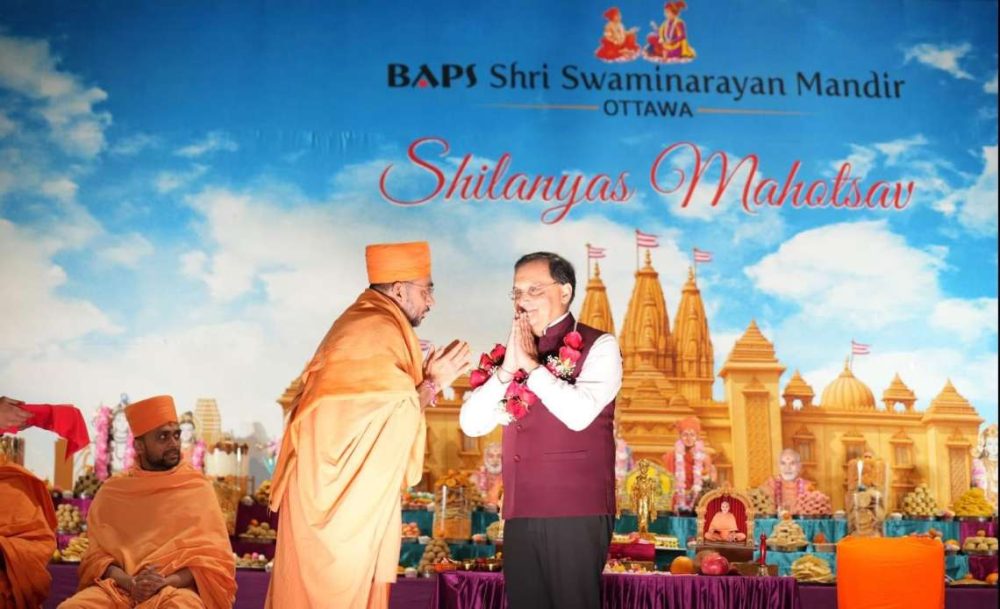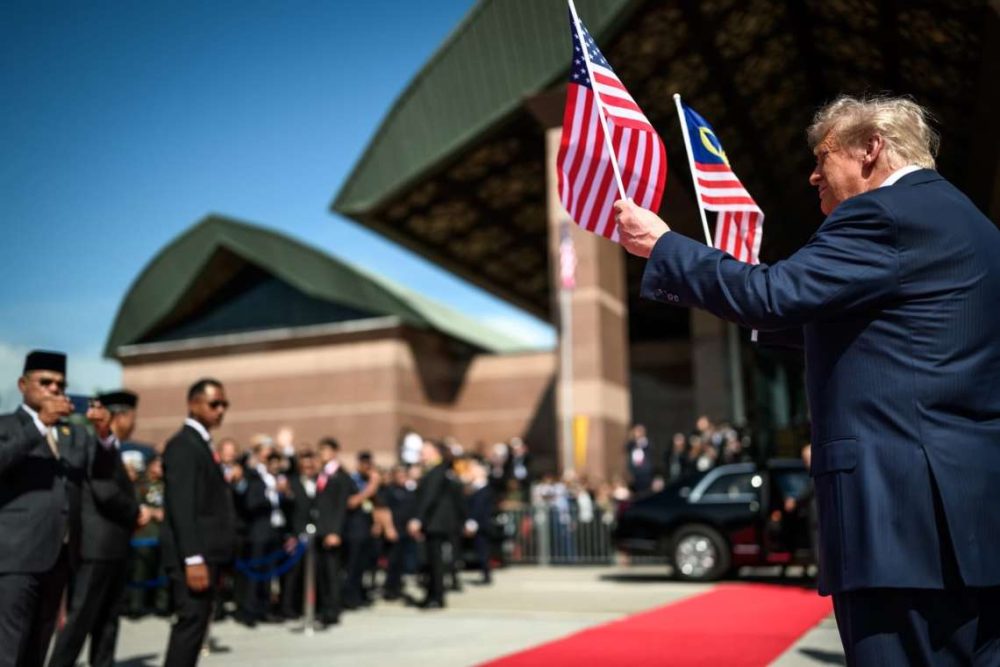Technology companies depend on it to hire tens of thousands of employees each year from countries like India and China…reports Asian Lite News
With thousands of employees including Indian have been laid off across tech giants including Microsoft, Google, Meta, and Amazon, Twitter in the past couple of months have left many employees worried about their job security. The layoffs has affected the future of H1B visa holders as in a span of 60 days, they either need to find another company to sponsor their visas or leave the country.
Now, a major relief for H-1B visa holders has come as presidential advisory sub-committee has recommended the federal government to extend the grace period for thousands of retrenched H-1B workers from the existing 60 days to 180 days so that they have enough opportunities to find a new job or other alternatives.
The H-1B visa is a non-immigrant visa that allows US companies to employ foreign workers in specialty occupations that require theoretical or technical expertise.
They are now struggling to find new employment within the stipulated 60-day period under their work visas following the termination of their employment to stay in the country.
Ajay Jain Bhutoria, member of the President’s Advisory Commission on Asian Americans, Native Hawaiians, and Pacific Islanders, said, “The immigration subcommittee recommends the Department of Homeland Security and the US Citizenship and Immigration Services (USCIS) to extend the grace period for H-1B workers, who have lost their jobs, from 60 days to 180 days.”
Technology companies depend on it to hire tens of thousands of employees each year from countries like India and China.
In his presentation, Bhutoria highlighted the significant challenges faced by H-1B workers laid off from their jobs. He said, The current 60-day grace period presents numerous hurdles, including finding a new job within a tight timeframe, complex paperwork for transferring H-1B status, and delays in processing at USCIS.

He added that this is forcing many H-1B workers to leave the country which could result in a loss of skilled labour for the United States.
In his presentation, Bhutoria, strongly advocated for the extension of the grace period, citing the need to support highly skilled tech employees who he said are essential to the economic growth of the United States.
The extension would also provide affected employees with more time to navigate the complex and time-consuming process of finding new employment opportunities and transferring their H-1B status, he said.
Members of the commission, recognising the importance of supporting and retaining highly skilled tech employees, supported the move.
Bhutoria’s recommendation to extend the grace period for the H-1B workers is a critical step towards ensuring that highly skilled tech employees can continue to contribute to the economic growth of the United States without fear of losing their status.
The H-1B visa holders face significant consequences when they are laid off from their jobs. After termination, they have a 60-day grace period during which they must either leave the United States, seek a change of immigration status, or have another employer file an H-1B petition on their behalf. If they do not do so within 60 days, they are considered to be in violation of the terms of their non-immigrant visa.
However, if a new employer files a new H-1B petition for the visa holder within 60 days of a previous employer’s termination, the change of employer petition will typically be granted even if there was a gap in the employee’s H-1B status.
The workers encounter many barriers that make it difficult for them to complete all requirements for maintaining their status within the current 60-day grace period. The job market can be challenging, which is especially true for workers in specialised fields, he said.
Tech companies typically conduct four to five rounds of interviews, which take several weeks before a candidate is offered a job.
Even if an H-1B worker is able to find a new job within 60 days, the process of transferring their H-1B status can be time-consuming and complex given the significant amount of paperwork.
Additionally, based on delays happening at USCIS, this process can take longer than 60 days to complete. This can result in the loss of skilled labour for the United States as these workers may not be able to return unless they get a new H-1B, which may take years.
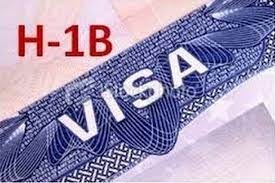
It is only a question of time before the companies’ economy transitions from a few months of slowdown to a boom period, which brings about a significant increase in commercial activities and opens up new opportunities for highly skilled tech employees to support the economic growth, Bhutoria argued.
Earlier, a survey report titled 2023 Immigration Trends published by Envoy Global had stated that there is a rise in demand to sponsor foreign talent in the US, however, immigration barriers are leading employers to relocate foreign national employees overseas and outsource jobs. US immigration barriers commonly cause employers to lose foreign talent. Last year, 82 percent of employers saw a foreign national employee forced to depart the US because they were unable to obtain or extend an employment-based visa. It also stated that 94 percent of companies would hire more foreign nationals if there were fewer immigration barriers in the US.


